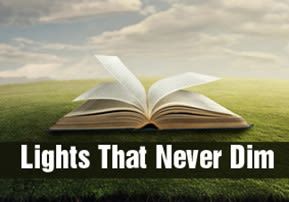
Zot HaBracha: Lights That Never Dim
We are souls given the incredible task of bringing the eternal light of Hashem and His Torah to this world. That light never dims...

Before sharing some thoughts on the final weekly reading of the Torah, I would like to express my profound personal thanks to you, dear readers, for taking your time to learn, consider, and share the words that have been offered in this column. I couldn't imagine writing for a more special group of readers. May you all have a year of spiritual and physical blessing, of joy, of prosperity, and of peace.
At the end of this week's reading Hashem commands Moses to ascend the mountain and leave this physical life. Moses is 120 years old at the time of his death and yet the verse describes a miraculous phenomenon: "His eyes had not dimmed and his vigor had not diminished". How is that possible?
The father of the Jewish people, Jacob, passed away at the age of 147. The description of his death is retold with a surprising omission. After Jacob finished blessing and asking his last requests, the verse states: "He drew his feet onto the bed, he expired (Hebrew-vayigvah), and he was gathered to his people." Our sages note that the usual word for dying-vayamot is missing from the verse and explain this fact by a seemingly  cryptic statement: "Our father Jacob didn't die". How could someone not die? What else could happen to him?
cryptic statement: "Our father Jacob didn't die". How could someone not die? What else could happen to him?
The Talmud tells us an analogy of what death is like. For the righteous it is like a hair being pulled out of a container of milk and for the wicked like thorns being removed from a ball of wool. Simply put death is the separation of two elements, body and soul. For the righteous it is an easier process, for the wicked, very painful. However, let's analyze the analogy on a little deeper level. The usual idea of removing the hair from the milk is the soul being removed from the body. However, the great Sage, Rabbi Yaakov Kaminetsky (1891-1986), explains that the analogy is just the opposite. The hair is the body being removed from the milk which is the soul. This simple but profound elucidation reflects the truth of what the soul and the body are and what death is.
One of the best teachers of the basic lessons of life according to the Torah is a friend, Rabbi Moti Berger of Yeshiva Aish HaTorah in the Old City of Jerusalem. He often asks his classes two parallel questions. First he asks: "Do you have a soul?" (Before hearing the classes answer, what do you, the reader, think?) As you would imagine, the answer is usually "yes". He then asks them to imagine themselves after they have already left this world and the same question is asked: "Do you have a soul?" In other words, what would we, after our bodies are laid to rest, say? The typical answer again is "yes". Rabbi Berger challenges these answers and tells his audiences that after we pass away we will realize that we don't have a soul, we are a soul! What is confusing is that we relate to ourselves in this world as having a soul, not being a soul. In truth, this is the challenge of the hair and the milk. Identifying who we really are.
This same concept is also beautifully explained by the Holy Shelah (Rabbi Isaiah Horowitz- 1565-1630). The word for man in Hebrew is Adam and is spelled Alef-Dalet-Mem and the word for truth is Emet and is spelled Alef-Mem-Tet. If one seperates the first letter Alef from these two words what remains is Dalet-Mem–Dahm meaning blood and Mem-Tet–Mait meaning dead. The Alef is the letter that represents the unique soul that is put into every person. Without that special soul a man is merely blood and, on a certain level, dead. But with the soul filling and giving life to these physical elements, a man-adam is formed and truth-emet is possible.
All of the above thoughts point in one direction. How do we identify ourselves, by our physical makeup or our spiritual essence? For almost all of us, we relate to both the spiritual and physical as "me" (I want to learn Torah but I also want pizza!) What would life be like for those rare individuals who live with the clarity that they are a soul even while in this world. And that they were given a body to accomplish certain essential tasks in this world but that body is merely clothes for the soul. This clarity was reflected in Moses and Jacob. They understood their essence and lived with that clarity. When their time came to leave this world, they didn't depart as most people do since they didn't live life like most people. Moses didn't show signs of age because a soul doesn't grow old and Jacob didn't die because his beautiful container of milk only needed to have a hair removed.
The Talmud teaches that a community doesn't pass away. Individuals do, but not the community. This Simchat Torah we will dance in a circle with the Torah. The body is like a line. It is finite. It has a starting and finishing point. The soul is eternal and continues forever. This is represented by the circle of rejoicing that doesn't end. We don't define ourselves as bodies but as souls given the incredible task of bringing the eternal light of Hashem and His Torah to this world. That light never dims nor the light of the righteous and the congregation that carries that torch.
May we all be blessed a year of understanding of who we really are and have the clarity of reflecting these truths in our daily lives.




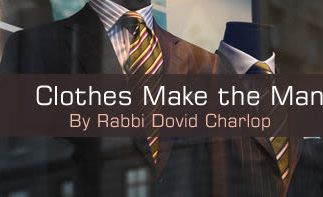

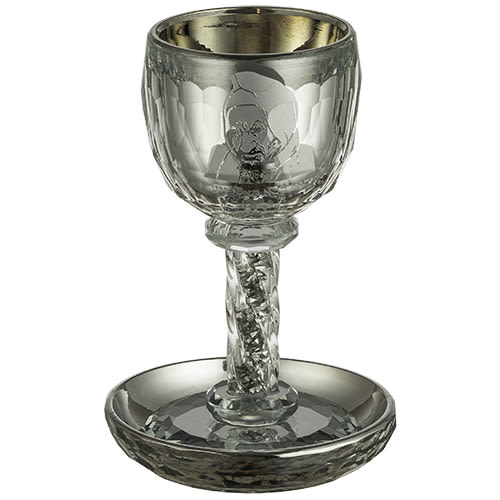
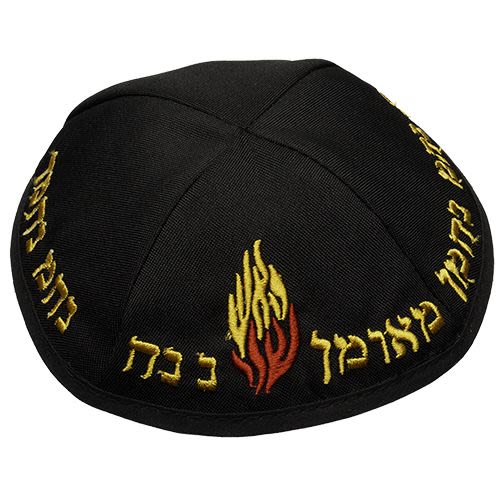
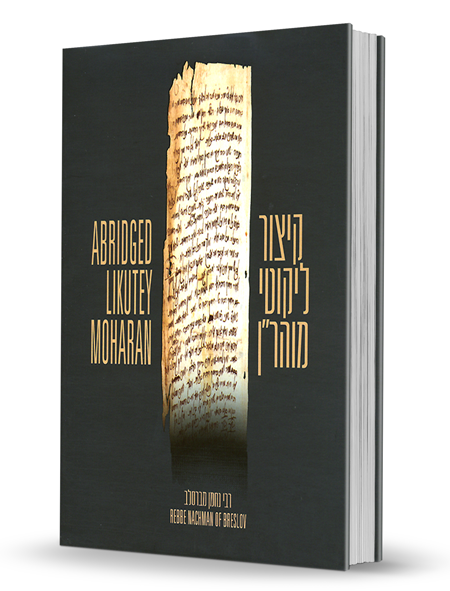
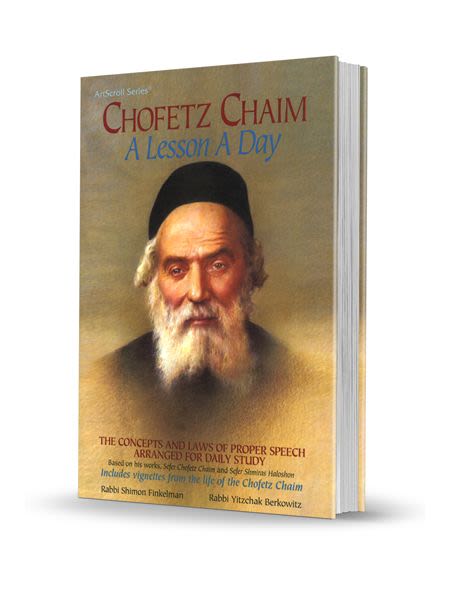

Tell us what you think!
Thank you for your comment!
It will be published after approval by the Editor.